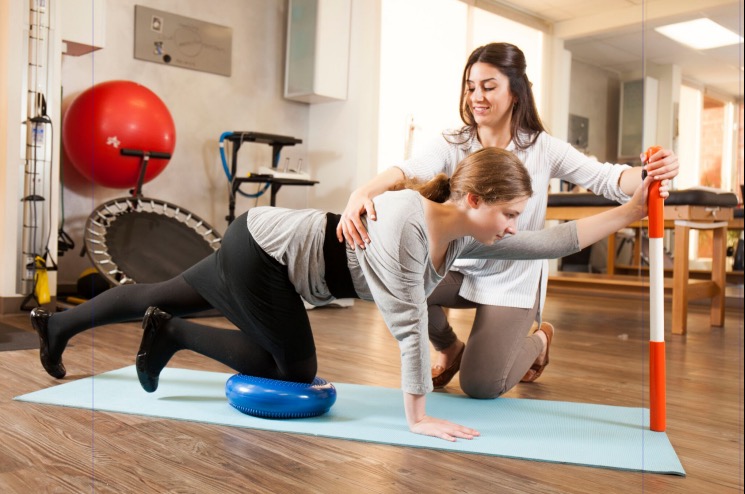Is There Help for Scoliosis?
Have you or someone you know ever been told that you have scoliosis? Perhaps you’ve heard the term but aren’t exactly sure what it is. The term scoliosis refers to a curvature of the spinal column which often takes on the shape of an “S” or “C”. The angle of the curve may be small, large, or somewhere in-between.
Scoliosis affects about 2-3 % of the population, or an estimated 6-9 million people in the United States. More than 80% of these people have a type called idiopathic scoliosis, meaning its cause is unknown. Most people have mild curves which don’t normally cause problems. However, as we age, more moderate curves can progress by 1/2 to 1 degree per year. This progression, along with degeneration of the spine, can lead to adult-onset scoliosis.
The science of treating scoliosis is constantly evolving. One particularly exciting new approach is called Scientific Exercise Approach to Scoliosis (SEAS). It was originally developed in Italy and is used throughout Europe to treat scoliosis. To learn more about this technique, I spoke to physical therapists Suzy Howard and Tanya Ruddy from Northern Michigan Sports Medicine Center in Indian River, who recently earned certification in this technique.
What is the SEAS technique for scoliosis? The purpose of SEAS is to train your body to be able to achieve a more optimal spinal position. The technique addresses posture in 3 dimensions and attempts to teach clients how to maintain this corrected posture during exercises, activities of daily living, and sporting activities.
Who is appropriate for the SEAS approach? It is appropriate for kids with scoliosis age 10 and older with curves of 10-55 degrees. It can be used with kids who are currently being braced to assist with strengthening. It has been shown to be help decrease or prevent curve progression upon stopping use of a brace. We have also utilized this approach to treat adults with newly-developed scoliosis or adults who have a progression of their scoliosis as they age.
What does the treatment entail? It depends on the severity of the spinal curvature. Generally, we start with self-correction exercise in 3 planes. Emphasis is initially placed on exercises intended to elongate the spine. We then work on corrections to the other planes of motion. Individuals with scoliosis often have what is referred to as a rib-hump deformity, which is a rotation of the rib cage due to the lateral curved position of the spine. We spend a lot of time working on breathing to assist with improving spinal and rib cage position. We also look at leg length discrepancies, spinal and rib cage mobility, as well as strength, balance, and flexibility issues elsewhere in the body which may be contributing to the deformity.
Is there anything else you’d like people to know about this technique, or scoliosis in general? Many individuals affected by scoliosis are under the mistaken impression that nothing can be done to address their issues. Fortunately, help is available.
Scoliosis is often a progressive disease, meaning that it can worsen over time. If you or someone you know is dealing with scoliosis, talk to your physical therapist about whether corrective exercises may be right for you.
Jeff Samyn is a Physical Therapist, board certified Orthopedic Clinical Specialist, and Certified Strength and Conditioning Specialist at Northern Michigan Sports Medicine Center in Petoskey. He can be reached via e-mail at jsamyn@nmsportsmed.com. This information is not to be considered medical advice and is not intended to replace consultation with a qualified medical professional.







